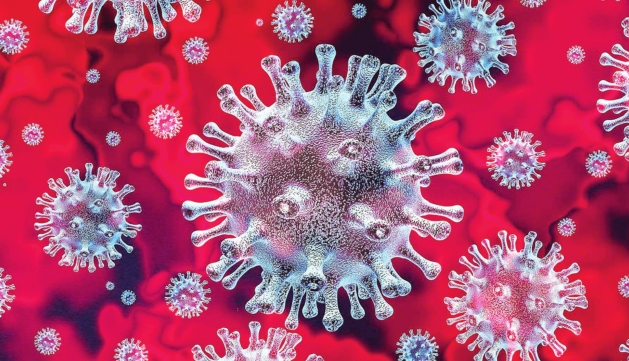
A new strain of covid is driving a wave of renewed infections, cresting in the southwest U.S. but already showing signs of reaching Boston.
The Stratus strain has been building momentum for months, officially designated XFG by monitors like the World Health Organization (WHO) when it was first documented in January. It reached U.S. wastewater detection charts in May, growing from 7% of cases then to 65% of the most recent August 9 readings from the Centers for Disease Control (CDC).
As is typical of Omicron variants, Stratus’ risk comes from its high infectiousness.
While
WHO’s analysis suggests it’s not more lethal than standard covid and is
still vulnerable to current vaccines, its growth rate is allowing it to
outcompete other strains and raise infection rates as it takes over.
CDC
mapping shows southeastern states like California, Nevada and Texas as
bearing the worst of the wave now but comparing its maps over time shows
slight test positivity increases across the board and the movement of
Stratus into new areas.
Boston’s
statistics haven’t yet seen spikes as dramatic as the southwest’s on
the Boston Public Health Committee (BPHC)’s public disclosures.
Hospitalization rates have hovered around one person per day since June,
and new cases per day have ranged from 10 to 25 in August compared to
the 40 and 80 daily new cases seen during last year’s surges.
That
new case number, however, is steadily increasing and already
dramatically higher than Boston’s baseline of ten or less earlier in the
spring and summer. Other early warning indicators are also spiking,
such as positive test rates tripling in August from a baseline of less
than five percent to 14 today.
Those
trends are corroborated by the city’s wastewater monitoring stations.
Their overall rate is still “very low,” detecting 86 covid copies per mL
of wastewater August 6, but that’s 56 copies higher than it was two
weeks prior, a growth rate of 190%.
The
city is also less vigilant about a summer surge if testing rates are
any indication, which have fallen to roughly 130 per day compared to
over 500 per day during winter spikes this year and the last.
The
BPHC gives top billing on its website to Measles, Avian Flu and general
wellness campaigns, mentioning covid only as part of an overall
respiratory virus prevention campaign. A spokesperson for the agency
declined to give comment on the new strains or say whether the city has
any policies in the works to prepare.